Marronage—the flight of enslaved men and women was a common occurrence in the Americas and Caribbean from the sixteenth through the nineteenth centuries. Originally believed to be of Spanish origin (cimarrón; French marron), the term "maroon" is now thought to derive from a Hispaniola Taino root meaning "fugitive," which combined with the Spanish cimá (mountaintop). The term was originally applied to livestock in the Hispaniola hills and to fugitive Amerindian slaves.
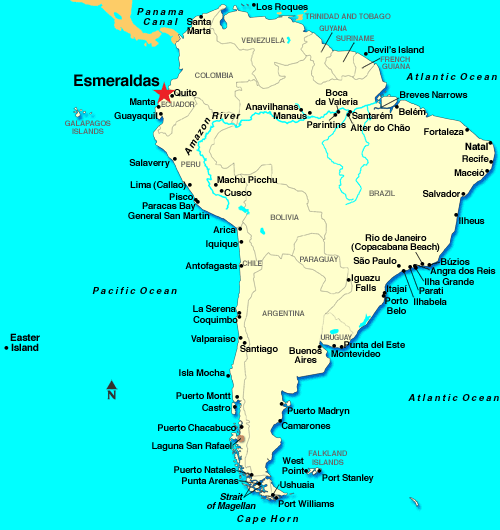
Known variously as quilombos (Jaga ki-lombo, "war camp"), mocambos (Mbundu mu-kambo, "hideout"), and palenques (palisades or stockades), Maroon settlements developed from the southern United States to South America.
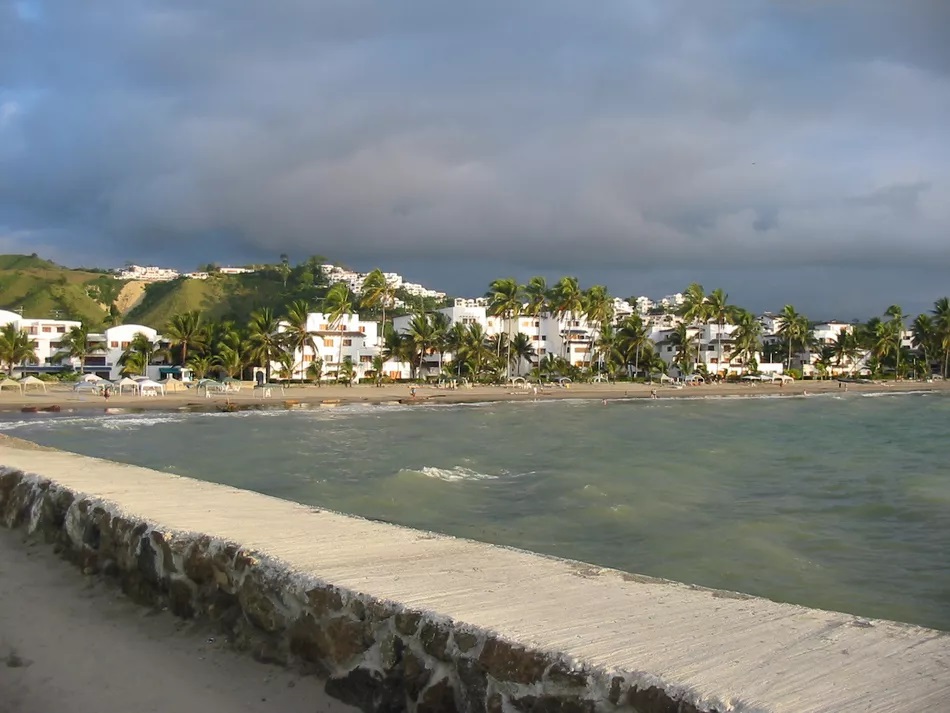
Until a few decades ago, the area around Esmeraldas Ecuador was accessible only by sea. The only inhabitants for centuries were native people of the Tumaco and La Tolita cultures that spread over the modern borders of Colombia and northern Ecuador.
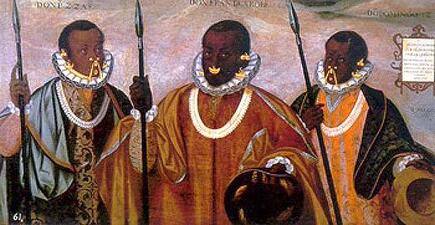
Maroons developed a variety of military, social, and political relations with Amerindians as allies, domestic slaves, spouses, and advisers of chiefs. When slaves were being brought to the New World to work the growing sugar plantations, the mines, and other jobs, some of them escaped shipwrecks and swam ashore on the Esmeraldas coast. They overcame, first by violence, then by reproducing, the local cultures, and created in northern Ecuador the Republic of Esmeraldas which became a haven for escaping slaves from other Ecuadorian provinces.
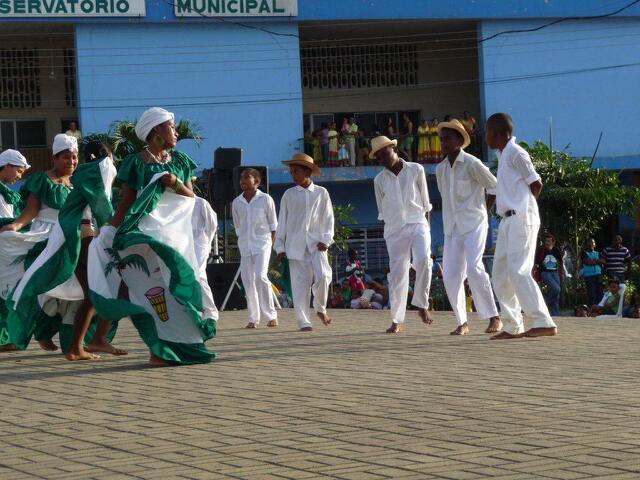
Esmeraldas took its name from Spanish colonizers, who hoped to find a rich source of emeralds, but also for the lush tropical vegetation of the area. Runaway slaves from Brazil and surrounding settlements and plantations joined with the communities and together these groups held off the Spanish colonial powers for many years. The intense mixing and merging of cultures from different sides of the globe is evident in the music of the region today.
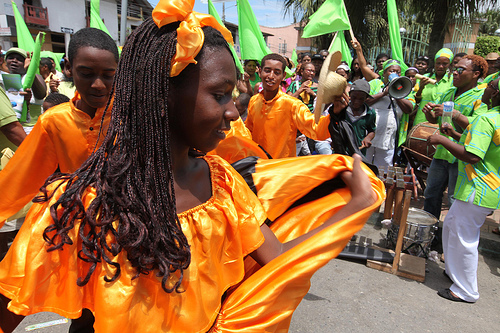
The base of the music is made up of rhythmic drumming and the warm and distinctive marimba, a wooden xylophone, accompanied by singers and a traditional dance. In Esmeraldas and the Pacific Coast of Colombia a branch of the genre, marimba salsera, has more contemporary influences of the salsa culture popular in most parts of Ecuador and throughout Latin America. The esmeraldeños celebrate this cultural and musical legacy in various festivals and performances such as the Festival Internacional de Danza y Musica Afro, and music accompanies and is part of different religious practices.
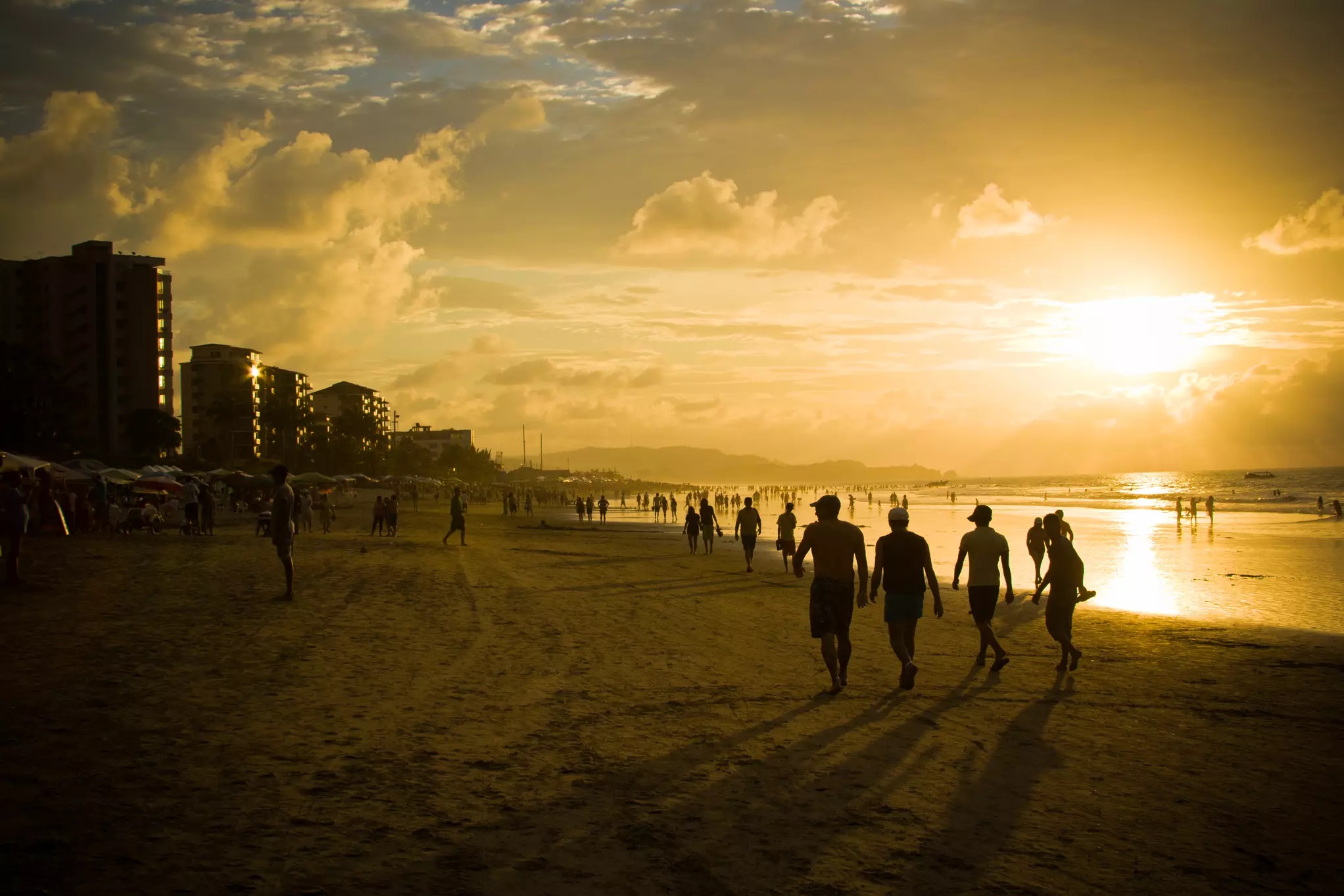
Forms of entertainment mainly got influenced by West Africa. The main thing that they used for their daily entertainment were dancing and music. Dancing and music were very traditional, but music has changed to story-telling. The most popular dance in Esmeralda is called the Currulao otherwise known as the Marimba dance, this dance was played to a specific song. A marimba is an instrument that was made out of wood and was played using metal mallets.
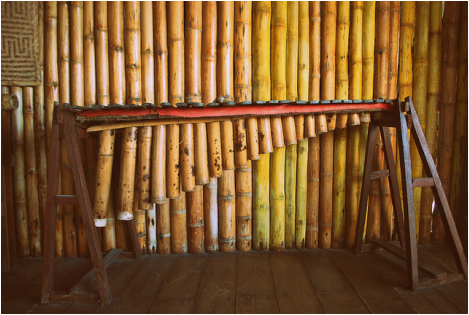
The inhabitants wore informal and formal clothing. Informal clothing included hats. ponchos, and shirts that had very specific details. In some villages in Esmeralda, females would wear very vibrant colored skirts. They wear sombreros even when they aren't farming. Normally sombreros were used during agriculture. Their traditional clothing you can see being worn for their shows consisting of dancing and music. When women dance, they normally wear those big full skirts with embroidery and vibrant colors.
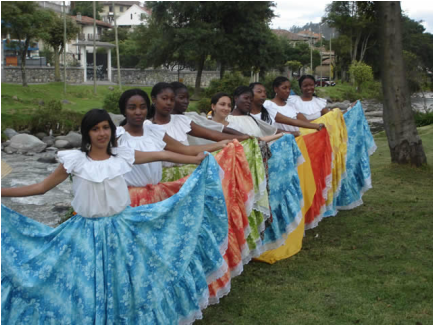
Isolated for so many years, the black and indigenous cultures interwove and created a culture that remains vibrant today. With the coming of roads, the development of the port, and the establishment of Esmeraldas as the site of Ecuador's largest oil refinery for the Trans-Ecuador pipeline bringing oil from the Amazon, the city of Esmeraldas has become a large commercial and tourism center. At the same time, ecologically concerned citizens have created wildlife reserves and mangrove conservation groups.
Adapted from:
www.encyclopedia.com/humanities/encyclopedias-almanacs-transcripts-and-maps/maroons-cimarrones
https://www.tripsavvy.com/esmeraldas-ecuador-guide-1635482
http://esmeraldaequador-sustainability-city.weebly.com/culture.html
https://soundsandcolours.com/articles/ecuador/esmeraldas-and-its-afro-ecuadorian-cultural-legacy-28309/

![]() LIFT
1 Lifted
LIFT
1 Lifted
Comments